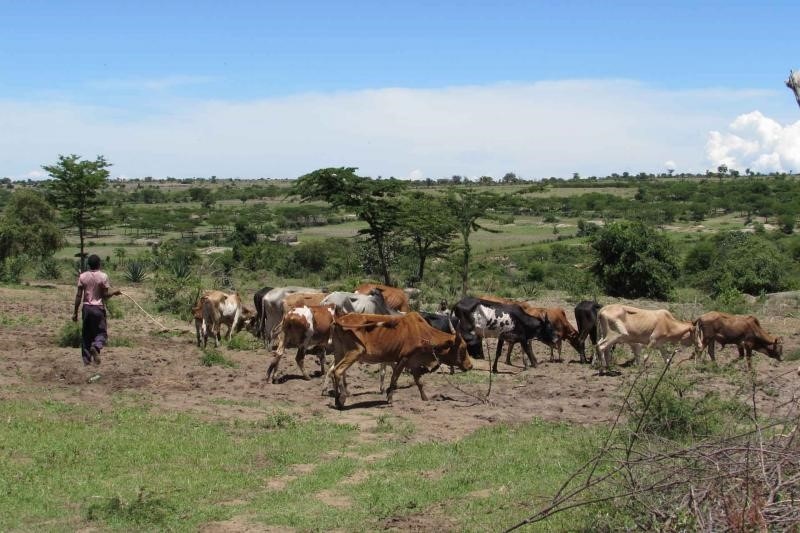License granted for new FMD vaccine
Pirbright Institute grants license to MSD Animal Health for new type of vaccine based on small synthetic "virus-like particles."

The Pirbright Institute in the U.K. and its research partners have granted MSD Animal Health (known as Merck Animal Health in the U.S. and Canada) a commercial license for a new, effective and affordable vaccine to protect livestock against several serotypes of foot and mouth disease (FMD) virus.
According to the institute, the new vaccine is more stable than current FMD vaccines and is less reliant on a cold chain during vaccine distribution — characteristics that give the vaccine greater potential for helping to relieve the burden placed on regions where the disease is endemic, including in large parts of Africa, the Middle East and Asia.
The vaccine has been developed over the years from basic science to animal trials as a result of long-standing collaborations among Pirbright, the University of Oxford, Diamond Light Source, the University of Reading and MSD Animal Health, a division of Merck & Co. Inc., which will now be taking the new technology forward into development, registration and manufacturing.
This work has been supported by funding from The Wellcome Trust to speed up commercialization as well as a grant from the Gates Foundation.
According to the announcement, the license highlights the confidence MSD Animal Health has in the new vaccine’s effectiveness, safety and viability for commercial production.
Pirbright said the announcement marks an important milestone after years of research to develop a new vaccine that is made of small synthetic protein shells, called "virus-like particles" (VLPs), that mimic the outer shell of the FMD virus and are designed to trigger optimal immune responses.
Unlike other inactivated FMD vaccines, the VLPs do not require high-containment facilities for production and have been engineered to remain stable up to temperatures of 56°C, reducing the reliance on cold-chain transport and storage, the institute said. These two factors will revolutionize vaccine deployment in areas of Africa and Asia, where the disease continues to circulate.
Regions where the disease is not endemic could also benefit, since the VLPs lack specific viral proteins, facilitating differentiation between vaccinated and infected animals such that trade would not be hindered by a vaccination program, and the need for mass culling in the event of an outbreak would be negated.
Importantly, Pirbright said this method of making and stabilizing vaccines could potentially be employed in the fight against other viruses from the same family, including polio.
“We are proud and excited that our research has resulted in a vaccine that is undergoing commercial development and will have a major impact on the health and well-being of those people whose livelihoods have been most severely affected by this devastating disease. The vaccine’s properties allow for a greater degree of flexibility during production, storage and transportation, which will result in a more affordable solution and, therefore, better access to those living in areas such as Asia and Africa,” professor Bryan Charleston, director of The Pirbright Institute, said.
According to the World Organization for Animal Health (OIE), FMD is estimated to circulate in 77% of the global livestock population, in Africa, the Middle East and Asia, as well as in a limited area of South America. Countries that are currently free of FMD remain under constant threat of an incursion, OIE said.
Seven strains — A, O, C, SAT1, SAT2, SAT3 and Asia1 — are endemic in different countries worldwide, OIE said. Each strain requires a specific vaccine to provide immunity to a vaccinated animal.
About the Author(s)
You May Also Like



